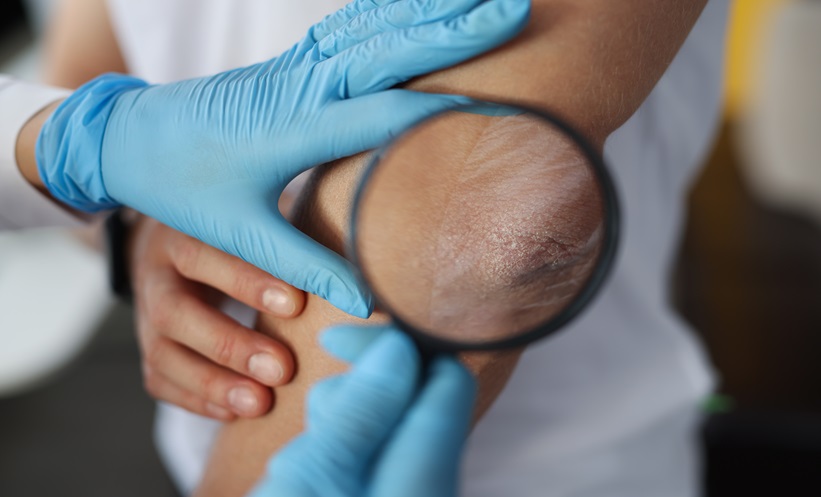VEXAS (vacuoles, E1 enzyme, X-linked, autoinflammatory, somatic) syndrome is a rare genetic disease marked by systemic inflammation and progressive bone marrow failure. Researchers have now identified early, inflammatory cutaneous manifestations in patients, and their association with clinical, genetic, and histological features.
The study involved 112 patients diagnosed with VEXAS, through the identification of pathogenic UBA1 gene variants, between 2019 and 2023. Findings revealed that skin manifestations were present in 83% of patients and often appeared early in the disease course. Histopathologic analysis of 64 reports from 60 patients showed that the predominant skin findings were leukocytoclastic vasculitis, neutrophilic dermatosis, and perivascular dermatitis. Notably, specific genetic variants were associated with distinct skin manifestations: the p.Met41Leu variant correlated with Sweet syndrome–like neutrophilic lesions in 82% of cases, while the p.Met41Val variant was linked to vasculitic lesions with mixed inflammatory infiltrates in 55% of patients. Treatment with oral prednisone improved skin symptoms in 92% of patients, though anakinra treatment led to severe injection-site reactions in some cases.
In conclusion, skin manifestations are common and often an early indicator of VEXAS syndrome, with specific UBA1 genetic variants predicting distinct cutaneous patterns. Early genetic testing for VEXAS should be considered in patients who present with cutaneous vasculitis or neutrophilic dermatoses. Dermatologists’ awareness of VEXAS is crucial for facilitating prompt diagnosis and treatment, given the life-threatening nature of the disease. Future research should explore more effective treatments and further characterise the genetic and clinical spectrum of the disease to improve patient outcomes.
Katrina Thornber, EMJ
Reference
Tan IJ et al. Skin Manifestations of VEXAS Syndrome and Associated Genotypes. JAMA Dermatol. 2024;DOI:10.1001/jamadermatol.2024.1657.








